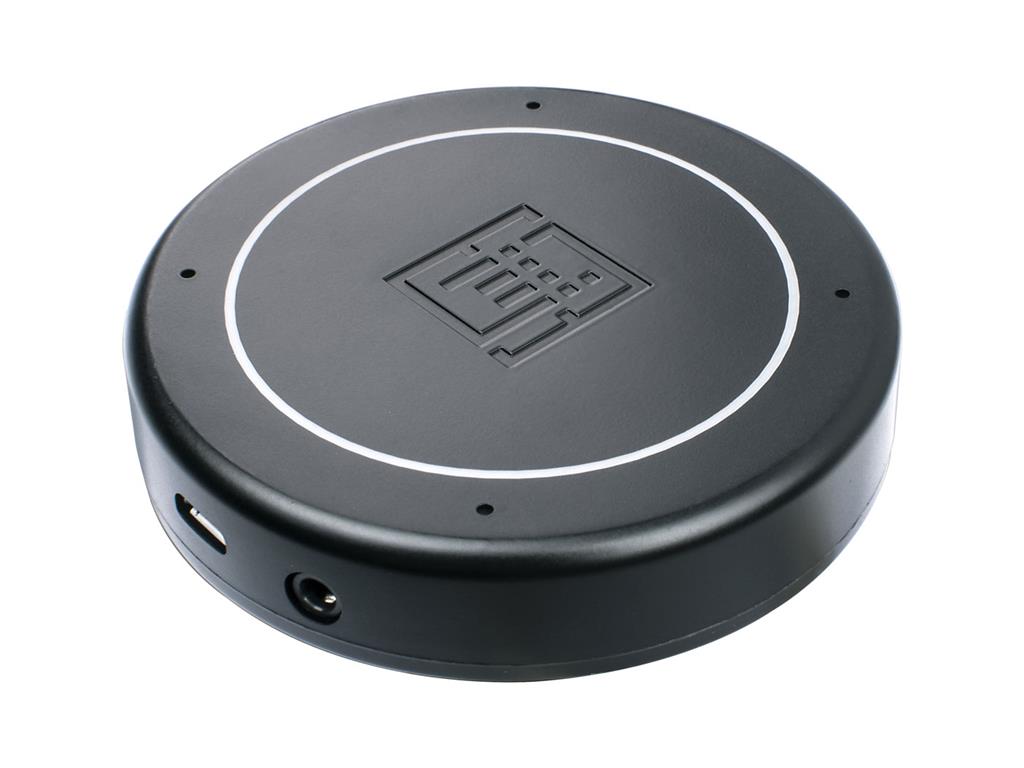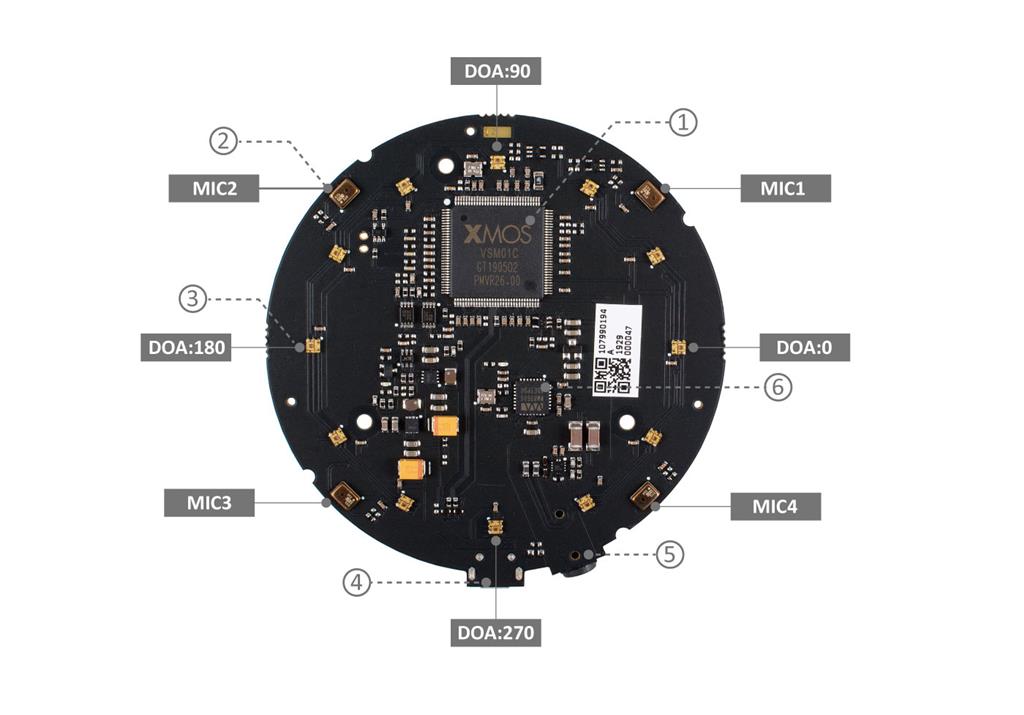Ellis
USA
Asked
— Edited
I am going to buy a Seeed ReSpeaker USB Mic Array. I would like to send ReSpeaker sound Direction Of Arrival (DOA) information to Ez-b. If can get it into Ez-b I can write a script that will send instructions to my robot Max and allow Max to point to the person speaking. How would I go about getting this ReSpeaker information into the Ez-B script?
Here is the link to information concerning Seeed ReSpeaker USB Mic Array. I will most likely need direction on how to get it to work with Ez-B.
wiki.seeedstudio.com/ReSpeaker-USB-Mic-Array/
If link does not load. Right click link and select the Go to wiki.seeedstudio.com/ReSpeaker-USB-Mic-Array/. That should let you see the information.
Thanks Ellis
Related Hardware EZ-B v4
Related Controls
Movement Script
Script



Oh - that could be the case as well. I only have one sensor to test with. It made sense to build a little trigger system between the sensors and the ezb using an arduino uno. You can use a smaller one like a micro or something. They're super cheap and very tiny. All you need are a few ADC's and a Serial UART to write the result to the ezb.
This code i wrote for you on the Arduino will send the microphone index that detected audio past the threshold. It'll only start triggering on that specific port again when the elapsed timeout has passed. I set that timeout to 5 seconds (5000 ms). There's some additional logic that can be added to remove false positives. For example, we can sample all ADC's and compare for the highest one AND check that against the threshold. If you want to go this path, which i think will work, i can make additional changes....
Now that the arduino has sent the triggered index to the ezb via UART, we have to detect it on the ezb. To do this, we first need to initialize the uart that you'll be using. I do this in the connection control using JAVASCRIPT...
Now we need to detect and do something with the data from the hardware uart. A script that runs in the background is a good idea. As you can see in the above script, i called this one [i]Check Audio. This will be started when a connection occurs from the script above.
On the code above - for some reason our website parsed and removed all the array [] references. I’ll have to get Amin to look at that this week. So the code is broke
On the above comment about voltage. The sound sensor was powered with 5V. I try to keep those correct.
Thanks DJ for catching the code issue and writing the code for using arduino.
5v with a common ground?
You are right. Common Ground! I always try to do this but sometimes I can forget. Thanks for the advice.
Did anyone fix the array problem?
It's in the website bug report list - hasn't been done yet. Several things in front